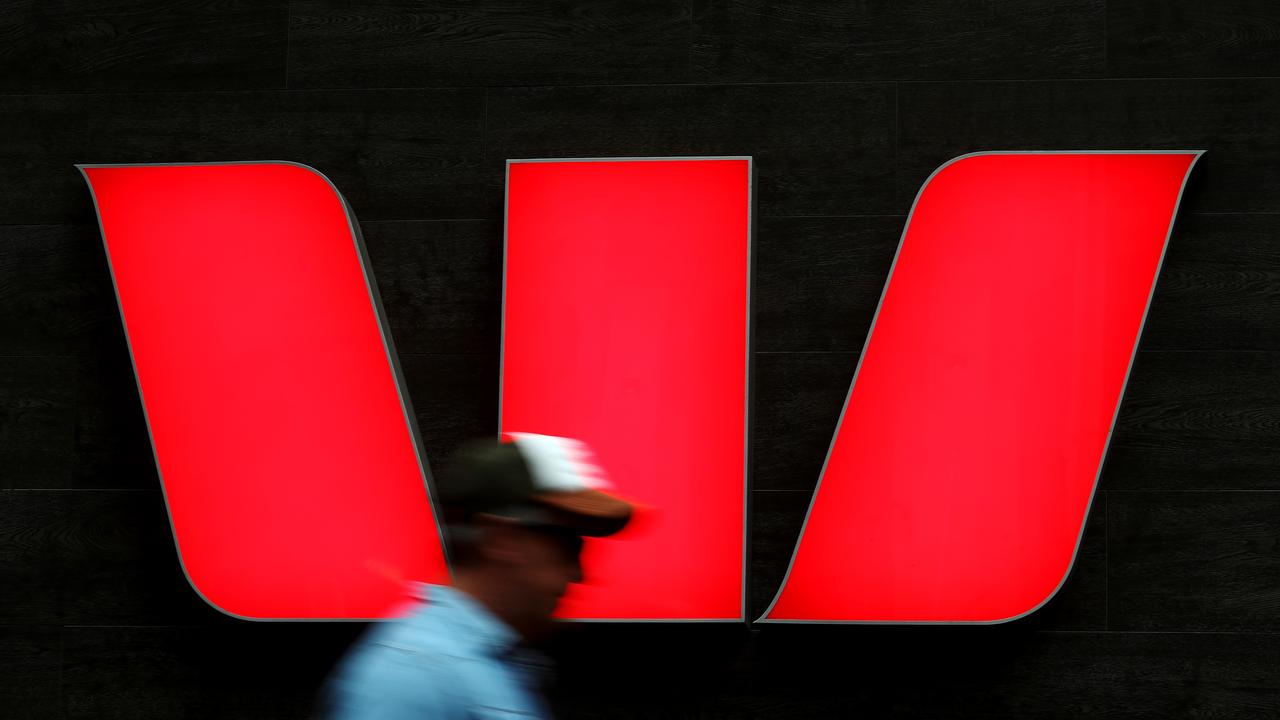NAB chief Andrew Thorburn falls into trap of his own making
Andrew Thorburn yesterday fell into a hole that was cavernous, and the NAB boss might struggle to find an exit.

Andrew Thorburn was so careful to avoid imaginary booby traps in the royal commission yesterday that he tripped and fell into one of his own making.
The hole was deep and cavernous, and the National Australia Bank boss might struggle to locate an exit.
Asked by senior counsel assisting Michael Hodge if NAB had taken an ethical approach to resolving its fees-for-no-service scandal, Thorburn’s reflex response was: “It depends on what you mean by ethics.”
The answer will be memorable for all the wrong reasons — in a similar way to ex-Commonwealth Bank chief executive Ian Narev’s instruction to Matt Comyn to “temper your sense of justice”.
This was always going to be a difficult session for Thorburn.
Hodge pushed off the sightscreen in his long run-up before getting to the nub of the issue.
While the other major banks were remediating fee-for-no-service wealth customers in ways acceptable to ASIC, NAB played hardball. Instead of refunding fees if there was no evidence a service was provided, NAB, with Thorburn’s broad oversight, made a contrived distinction between customers signed up before and after the 2013 implementation of the future of financial advice laws.
Chief legal and commercial officer Sharon Cook proposed in a letter to ASIC last April that the bank should be able to keep the pre-FoFA fees because it could have persisted with commissions instead of switching early to a fee structure. If the payments were treated as commissions, there was no obligation to provide a service.
When Thorburn met with James Shipton for the first time later that month, the new ASIC chief read him the riot act, conveying his deep disappointment about NAB’s technical and legalistic approach.
Not long after the meeting, Thorburn handed full responsibility for remediating the matter to Cook, but denied yesterday that wealth boss Andrew Hagger’s later redundancy meant he had thrown his wealth boss under a bus. NAB reckons that Hagger got an informal nod from then-ASIC deputy chairman Peter Kell that the regulator might be receptive to its FoFA argument.
Also, Hagger is believed to have been on extended leave when Cook signed her fateful letter to ASIC.
But the point is that NAB and its CEO got this horribly wrong.
“We had the right intent but we were looking at it too narrowly and too technically,” Thorburn told the royal commission.
Hodge pointed out that three executives who were still at the bank — Thorburn, Cook and chief risk officer David Gall — had considered the bank’s approach to ASIC at a board risk committee meeting.
The executives, as well as Hagger and chief financial officer Gary Lennon, suffered cuts to their 2018 bonuses, with Hagger’s the deepest of the five.
Chairman Ken Henry is likely to be asked for his views on the episode today.
Electric dream
Reserve Bank governor Philip Lowe’s caution about the nation going cashless is sensible, given that the world’s most advanced economy for digital payments, Sweden, is applying the brakes as it recalculates the cost of a cash-free future.
Lowe told the Australian Payments Summit yesterday that the RBA had not changed its position on an electronic version of the dollar, an eAUD, from a year ago.
He said the case for RBA-issued electronic banknotes wasn’t compelling, given that the current banking system already provided for account-to-account transfers, which had been enhanced with real-time payments through the new payments platform.
A further consideration was the implications for financial stability.
In Sweden, cash is disappearing faster than anyone expected, with a fifth of Swedes — in a country of 10 million people — ditching the ATM habit.
Half of all Swedish retailers predict they’ll have stopped handling cash by 2025, and half of the country’s bank branches already do not accept cash deposits.
Reports say more than 4000 Swedes have implanted microchips in their hands, allowing them to make payments and enter keyless offices with a wave.
As the central bank tests a digital currency — an e-krona — to keep the money supply under control, politicians are at the same time investigating what might happen to online payments and bank accounts in the event of a power failure, a system-wide hack, or even a war.
Financial authorities have also been asking banks to keep notes and coins in circulation until the government has a better handle on the implications of a cashless society for the elderly, who still frequent bank branches.
The next RBA survey of payment methods will occur next year.
While a similar trend to Sweden is evident, the pace is more orderly.
At the turn of the decade, Australians went to an ATM 40 times a year, compared to the current average of about 25.
We also make nearly 500 electronic payments a year, up from 100 at the turn of the century.
Even at this more leisurely pace of adoption, Lowe warned about the need for reliability of the system in the context of recent outages that can have a significant impact on businesses and individuals.
“Continued effort needs to be made by all participants in the payments system to reduce operational problems,” he said.
“If this does not happen, then it is possible the Payments System Board could consider setting some standards.”
gluyasr@theaustralian.com.au
Twitter: @Gluyasr



To join the conversation, please log in. Don't have an account? Register
Join the conversation, you are commenting as Logout